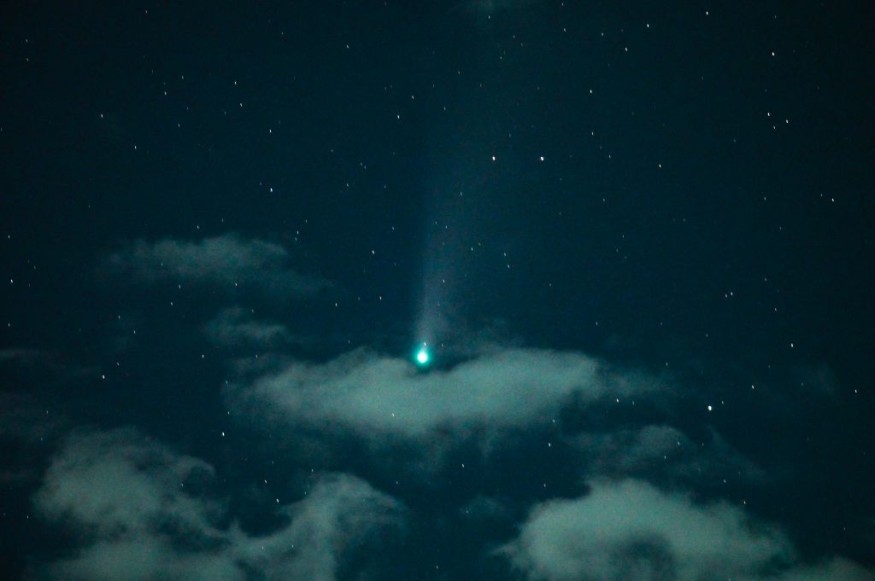Green meteors are raining down on New Zealand as residents have reportedly seen green balls of fire falling from the skies for the past several weeks.
A flash of green light hurling towards the ground from space is causing a spectacle in the Oceania country, as the glowing space rocks do not always occur worldwide.
However, the astronomical event is relatively common in New Zealand.
The recent meteor strikes have not incurred immediate reports of casualties.
Previous reports suggested some of the celestial bodies have exploded in the sky and is not believed to have made a direct hit into known infrastructure or specific location.
Experts claimed the color of the space objects is caused by the external environment, in this case, would be Earth's atmosphere.
The events have been described to involve tiny chunks of asteroids, which vary in size and composition.
The chemical composition of the asteroids are also linked to the green color or not.
Since July, several major green meteor incidents have been recorded in New Zealand, which raised the question of the real identity, as well as the composition, of the green space rocks.
Reports indicated that space enthusiasts are also curious about the reason for their color.
In addition, the subject is still of interests to scientists, who claimed that the rocks could also unravel the history of the universe.
Green Meteor Incidents

On July 7, a separate yet related incident occurred near the capital city of Wellington, wherein an orange fireball exploded and caused a sonic boom, known as an explosive noise, which was heard throughout New Zealand's North Island during lunchtime of that day.
Two weeks later, a meteor with a glowing green tail fell from the skies, causing another sonic boom, but this time it occurred in the South Island.
While the incidents have been deemed remarkable, they are not rare as one might think.
In fact, glowing green meteors are relatively frequent in New Zealand, according to Jack Baggaley, a physics and astronomy professor emeritus at the University of Canterbury, as cited UK news site Metro.
Fireballs Aotearoa
Amidst the meteor bombardment, a collaboration between astronomers and citizen scientists led to the creation of the spotting network called "Fireballs Aotearoa."
The network aims to recover freshly fallen meteorites, in addition to tracking the ancient rocks, according to space.com.
Details regarding the event was originally revealed by Baggaley at The Conversation, which emphasized that the green fireballs have been documented and filmed in New Zealand on a regular basis.
Furthermore, the professor said some of the asteroids contain nickel and iron when they hit the atmosphere, with a maximum speed of 60 kilometers per hour.
Are Green Meteors Common?
Related green meteor incidents have been reported in other parts of the world in recent years.
In October 2021, a fireball with a neon green light entered the Earth's atmosphere near the town of Reinbeck in Iowa, United States, according to the National Aeronautics and Space Administration (NASA), as cited by The Kansas City Star.
NASA said that meteors can come in different colors, including blue, green, purple, yellow, orange, and red.
© 2025 NatureWorldNews.com All rights reserved. Do not reproduce without permission.





